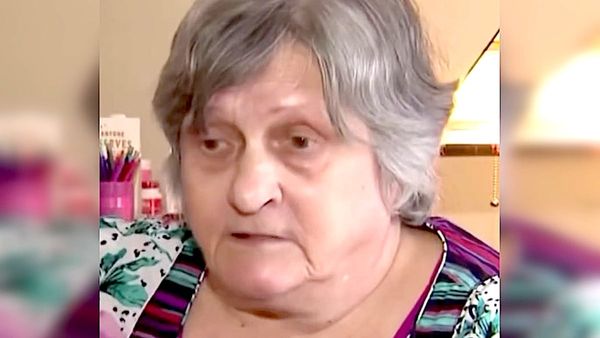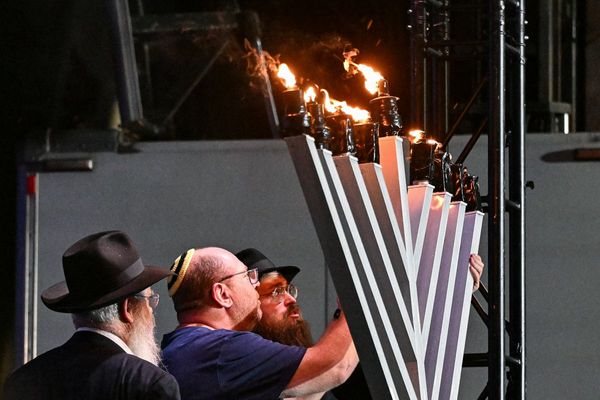
SpaceX launched a rescue mission for the two astronauts stranded at the International Space Station, sending a downsized crew to bring them home next year. The capsule rocketed into orbit to retrieve the test pilots left behind by a Boeing spacecraft due to safety concerns. NASA's Nick Hague and Russia's Alexander Gorbunov will be brought back by the newly launched flight, which won't return until late February.
Due to NASA's crew rotation schedule, the returning astronauts will have spent over eight months in space, far exceeding their initial one-week mission. Boeing's Starliner faced technical issues, prompting NASA to switch to SpaceX for the rescue mission. The liftoff was watched by the stranded astronauts via a live link, with cheers of 'Go Dragon!' echoing through the space station.
Williams, now the space station commander, will soon welcome new crew members as the station returns to its normal population of seven. Hague, chosen to lead the rescue mission, emphasized the ever-changing nature of spaceflight. The crew change was necessary to accommodate the returning astronauts and ensure a safe journey back to Earth.









SpaceX's role in NASA's commercial crew program has been pivotal, with the company surpassing Boeing in delivering astronauts to the space station. Boeing has faced challenges, including a Starliner test flight deviation and subsequent technical issues. The recent SpaceX liftoff from Launch Complex 40 at Cape Canaveral Space Force Station marked a significant milestone in crewed space missions.
Despite delays caused by external factors like Hurricane Helene, the successful liftoff signifies SpaceX's continued commitment to space exploration and crew transportation. The collaborative efforts of NASA, SpaceX, and international partners highlight the resilience and adaptability of human spaceflight endeavors.







